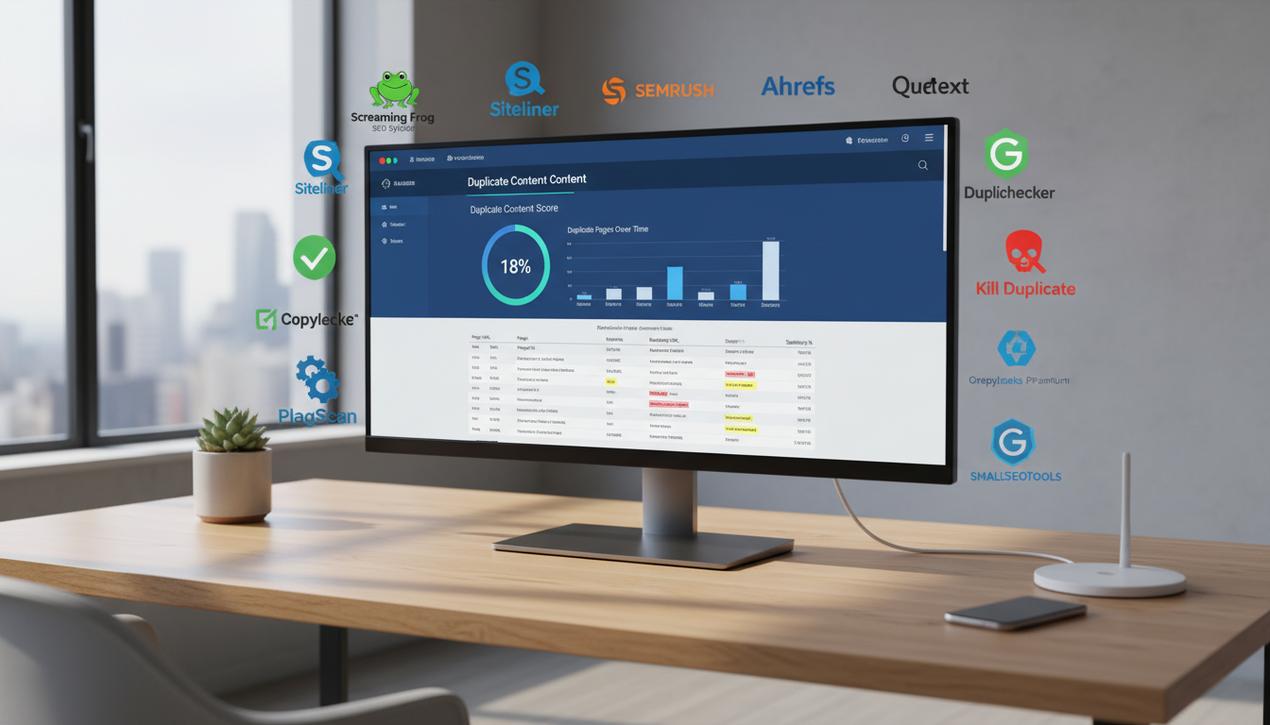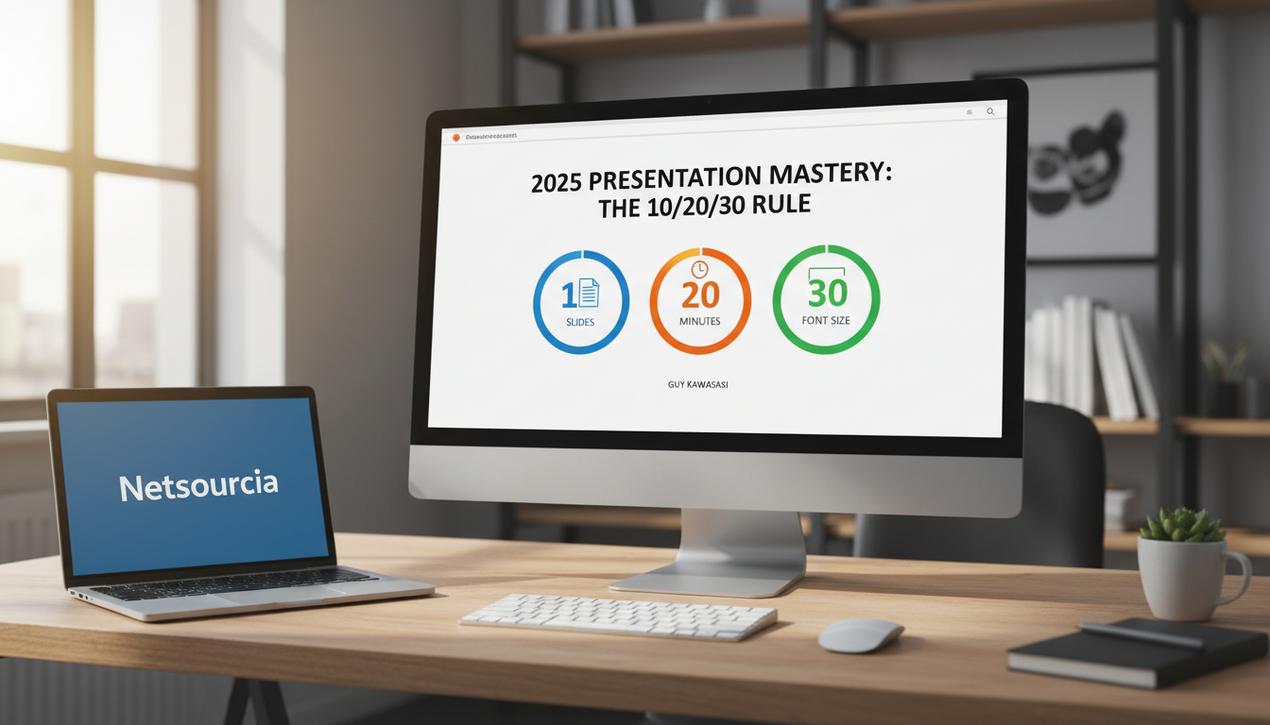12 Best Duplicate Content Checkers to Protect Your SEO


Duplicate content is one of the most insidious threats to a website’s search engine optimization. Whether it’s internal, external, intentional, or accidental, it dilutes your authority, wastes your crawl budget, and confuses search engines. In 2025, studies estimate that nearly 29% of the content on the internet is duplicated, an alarming statistic that penalizes thousands of sites whose owners may not even be aware of the problem. Far from being a minor issue, duplicate content can sabotage months of SEO efforts, negatively impact your rankings, and ultimately reduce qualified traffic to your pages. For businesses investing in content marketing, ensuring the originality of every publication is not just a best practice—it’s a strategic necessity. Fortunately, powerful solutions exist to diagnose and eradicate this issue. This comprehensive guide presents 12 essential tools for detecting duplicate content and safeguarding your SEO performance for the long term.
The Real Impact of Duplicate Content on Your SEO
Before diving into the tools, it’s crucial to understand why duplicate content is so detrimental. Contrary to popular belief, Google doesn’t apply a direct “penalty” for duplicate content unless it’s part of an obvious manipulative scheme. The real problem is more technical: it revolves around how search engines choose which version of a page to index and rank.
Dilution of Authority and SEO Signals
When multiple URLs feature identical or very similar content, SEO signals like backlinks, engagement, and authority are split among these different versions. Instead of having one strong page accumulating all the SEO value, you end up with several weaker pages competing against each other. Search engines struggle to identify the “canonical” or original version, which weakens the ranking potential of all the pages involved.
Wasted Crawl Budget
Every website has a “crawl budget,” which is the number of pages Google’s bots will crawl during each visit. If these bots spend their time crawling multiple versions of the same content, they may not reach your new or important pages. Optimizing this budget by eliminating internal duplicates is a fundamental step in technical site optimization.
Specialized Tools for Internal Content Audits
The first step in combating duplicate content begins at home. Internal duplicates (page titles, meta descriptions, entire paragraphs) are common, especially on e-commerce sites and large news portals.
1. Screaming Frog SEO Spider
Best for: SEO experts and web technicians.
Screaming Frog is the Swiss Army knife of technical SEO audits. This desktop-based crawler analyzes your site in-depth and identifies duplicated elements with surgical precision: Title tags, meta descriptions, H1 and H2 headers, and even similar content blocks. It is the ultimate tool for a comprehensive internal audit and for preparing large-scale redirection or canonicalization plans.
2. Siteliner
Best for: Site owners and content marketers.
Siteliner is a simple and effective online solution. You enter your site’s URL, and the tool generates a detailed report on internal duplicate content, broken links, and your page structure. Its free version can analyze up to 250 pages, making it ideal for small to medium-sized sites that need a quick diagnosis without installing software.
3. SEMrush or Ahrefs Site Audits
Best for: Users of comprehensive SEO suites.
If you already use a major SEO platform like SEMrush or Ahrefs, their site audit modules include duplicate content detection features. They flag issues with duplicate titles and descriptions and can identify pages with a low text-to-HTML ratio. This is a practical, integrated solution for monitoring the overall health of your site.
The Best Plagiarism and External Content Checkers
Once your site is clean internally, you need to protect yourself from content theft and verify the originality of the texts you publish, especially if you work with external writers.
4. Copyscape
Best for: Content editors, agencies, and freelancers.
Copyscape is the market standard for external plagiarism detection. It allows you to check if content already exists elsewhere on the web before you publish it. Its Copysentry feature provides automated monitoring of your site, alerting you by email as soon as a copy of your content is detected online, allowing you to act quickly.
5. Duplichecker
Best for: Quick and free checks.
Duplichecker is a very accessible online tool. Simply copy and paste your text (up to 1,000 words in the free version) or upload a file to get an originality report. It also offers additional tools like a grammar checker, making it a handy option for students and writers.
6. Quetext
Best for: Those who need in-depth analysis.
Quetext stands out with its “DeepSearch” technology, which combines contextual analysis and word matching for more nuanced results. It is particularly adept at spotting paraphrased plagiarism. Its free version is limited, but paid plans allow for the analysis of large documents, up to 25,000 words.
Advanced AI-Powered and Continuous Protection Solutions
With the rise of AI-generated content, detecting duplicate content is becoming more complex. Modern tools leverage artificial intelligence to identify not only exact copies but also heavily paraphrased texts.
7. Grammarly Premium
Best for: Writers and content creators.
Although primarily known as a grammar checker, the premium version of Grammarly includes an excellent plagiarism detector. It compares your text against billions of web pages and academic databases, providing an originality score and links to the detected sources. Its direct integration into the writing interface is a major advantage.
8. Copyleaks
Best for: Businesses and educational institutions.
Copyleaks uses advanced AI algorithms to detect plagiarism in over 100 languages, including paraphrased content and translations. It can even compare source codes. It is a robust solution designed for organizations that require a very high level of security and accuracy.
9. PrepostSEO
Best for: Users looking for a multifunctional toolbox.
PrepostSEO offers a suite of free tools, including a plagiarism checker that allows you to compare texts, exclude specific URLs from the search, and download detailed reports. It’s a versatile option for those juggling multiple content optimization tasks.
10. Kill Duplicate
Best for: Businesses wanting proactive monitoring.
Kill Duplicate focuses on continuous protection. You register your site, and the tool constantly scans the web for copies of your content. Its dashboard allows you to track the “thieves” and provides you with template letters to request the removal of plagiarized content.
11. SmallSEOTools
Best for: Users looking for a simple, free solution.
This portal offers one of the most widely used free plagiarism checkers. It allows you to check a text by pasting it in or uploading a file from your computer or the cloud. The tool is simple, fast, and requires no registration for basic checks.
12. PlagScan (now part of Turnitin)
Best for: Professionals requiring highly detailed reports.
Used in the academic world but with strong professional applications, PlagScan offers a very thorough analysis. It highlights not only direct matches but also potentially modified content. Its interactive reports make it easy to analyze sources and make informed decisions.
The fight against duplicate content is a marathon, not a sprint. It requires constant vigilance, both internally during the creation and maintenance of your site, and externally to protect your intellectual assets. By integrating one or more of these tools into your SEO and editorial routine, you are doing more than just fixing technical errors: you are strengthening your domain’s authority, maximizing the performance of every piece of content you publish, and building a solid foundation for sustainable growth in search results.




